QuestionHi my beta has a lump on his under belly just behind the gills and hes always swimming on the top. I've cranked up my bubble machine to max and he hasn't changed a bit. The PH is a little high in my 12 gallon tank but i also have 4 fish in there with him. The ammonia in the tank is at a perfect level. If your wondering what type of fish i have, i have a guppie, neon, two sucker fish, and the beta. I've done a 50% water change and changed the filter. Hes had this for I'm thinking about maybe 2 weeks. Also i've had him for about a year i'm guessing.
AnswerGood evening Michael, thank you for your question.
The only concern I see is in your stocking. The betta doesn't nip at the neon and guppy? Or vice versa? Also, if you mean a common plecostomus (looks like this: http://filaman.ifm-geomar.de/Summary/SpeciesSummary.php?id=3057) then your water quality will be difficult to keep up.
You don't need two biological cleaners in a 12 gallon tank (an Eclipse, right? I have the same one!) you just need one bristlenose pleco, a dwarf variety, or a couple of otoclinus, aka oto cats. One bristlenose pleco or two otoclinus will keep algae in check nicely.
You've done everything right with the water changes and filter maintenance. Do keep in mind that once in a while you will have to break down that filter and rinse the unit itself. It's a pain if you indeed have an Eclipse, but that long surface area design of the filter traps lots of gunk - the flow rate of the filter is reduced considerably by this. Nitrate levels are raised as it decays, also problematic.
Which brings us to the "real" problem. I am glad to see your tank is established, but I suspect your nitrate levels are high. Perhaps even your nitrites. You can get specific liquid test kits to measure both levels. I would start with a nitrate test kit by API, or you can purchase a master kit.
Nitrates need to be under 20 ppm at all times in a fish tank. If not, "unexplainable" occurences occur...such as tumors and growths. Bettas are especially susceptible. So, test your nitrates. It helps to test your water straight out of your tap. Hopefully your water is free of nitrates, but levels of 10 ppm or so are not unusual...
Once you have determined your aquarium's nitrate levels (and I suspect they are over 20 ppm) do the following:
* Vacuum your gravel once a week. You can do the front half one week, the back half the next - or vice versa, of course.
* Perform 50% water changes once a week (25% water changes twice a week would really be best) for about a month. After this point you can go back to your usual schedule.
* Remove any decorations one at a time and rinse them in used aquarium water. If there are stubborn algae present on them, then add vinegar and baking soda to the used water and soak them for about 30 minutes. Also, break down the filter and clean it, this is a big source of nitrates. All but the Bio-Wheel (if your system is an Eclipse) can be rinsed in straight tap water. The Bio-Wheel can be brushed with a brand new cheap-o toothbrush and used aquarium water.
If, after you have done all of these things, you are still testing high nitrates (and I doubt that you will be) then you must resort to a chemical fix...
You can either continue using your same filter cartridges, and add some Algone (www.algone.com) somewhere in the filter, near the flow path of water. It will clear up your water, reduce your nitrates - in other words, it really works! Unfortunately, it is best replaced weekly, after two weeks it is entirely expended. It cannot be rinsed, either. It absorbs nutrients like nobody's business - you should smell the stuff! Very, um, earthy, sort of like manure...
Another option (and this would be what I would try) is to stop using the cartridges you are using, and instead, buy a 10 oz. bag of Chemi-Pure for around $10. Wrap it with some filter floss (you can buy it at your local fish store, it is white polyster fluff) and you will have a much more effective carbon media in use, that will only need to be replaced once a month at the most. The floss itself ought to be replaced once a week. You may need some rubber bands at the end, although I have found stapling works too...
Good luck, Michael, try my suggestions! I have been there and done that, and now my nitrates are down to under 10 ppm.
Nicole

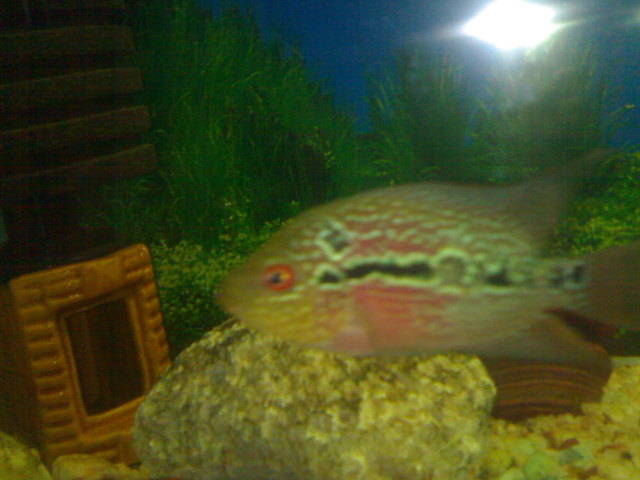 hump head
QuestionQUESTION: i am having four flowerhorns, each of
hump head
QuestionQUESTION: i am having four flowerhorns, each of
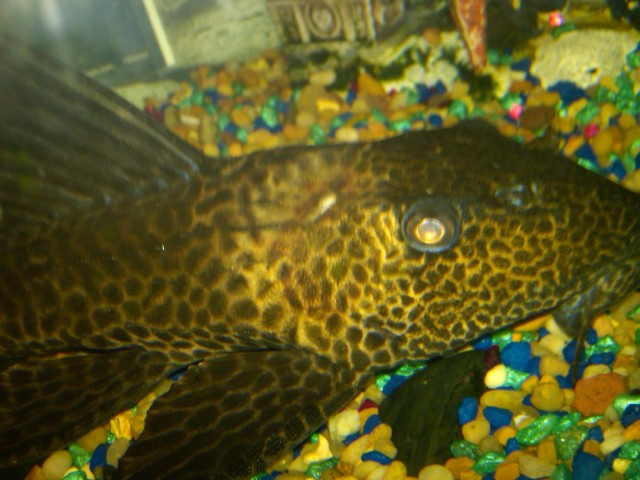 My 4 year old Platys
QuestionQUESTION: It has developed a gash on the back o
My 4 year old Platys
QuestionQUESTION: It has developed a gash on the back o
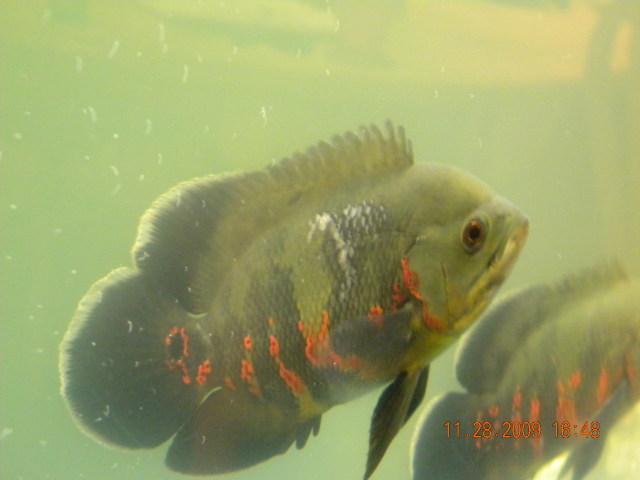 Oscar patchy white scales and cloudy tank
Question
Oscar and cloudy tank
I have two oscars about
Oscar patchy white scales and cloudy tank
Question
Oscar and cloudy tank
I have two oscars about
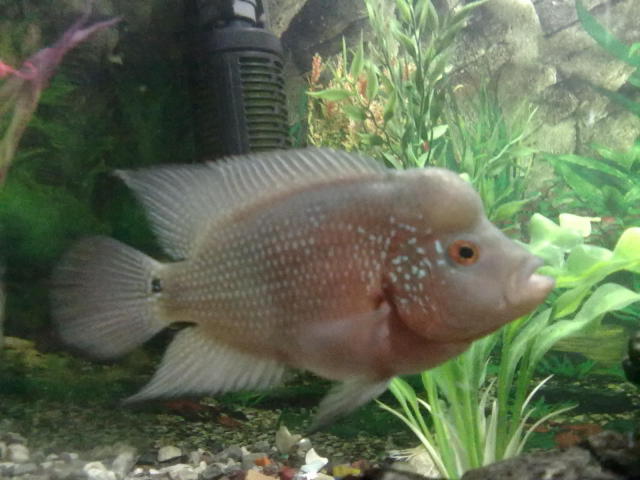 flower horn disease
Question
my flower horn
hey, i am new in this hobby and
flower horn disease
Question
my flower horn
hey, i am new in this hobby and
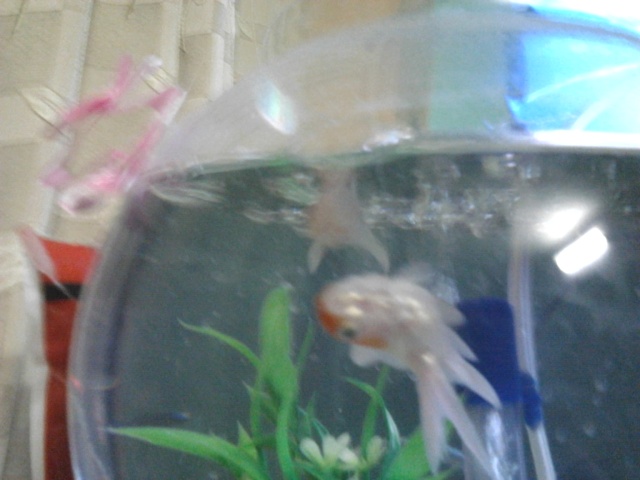 red cap oranda sick
Question
big fish (upside down)
i have 2 red cap oranda
red cap oranda sick
Question
big fish (upside down)
i have 2 red cap oranda